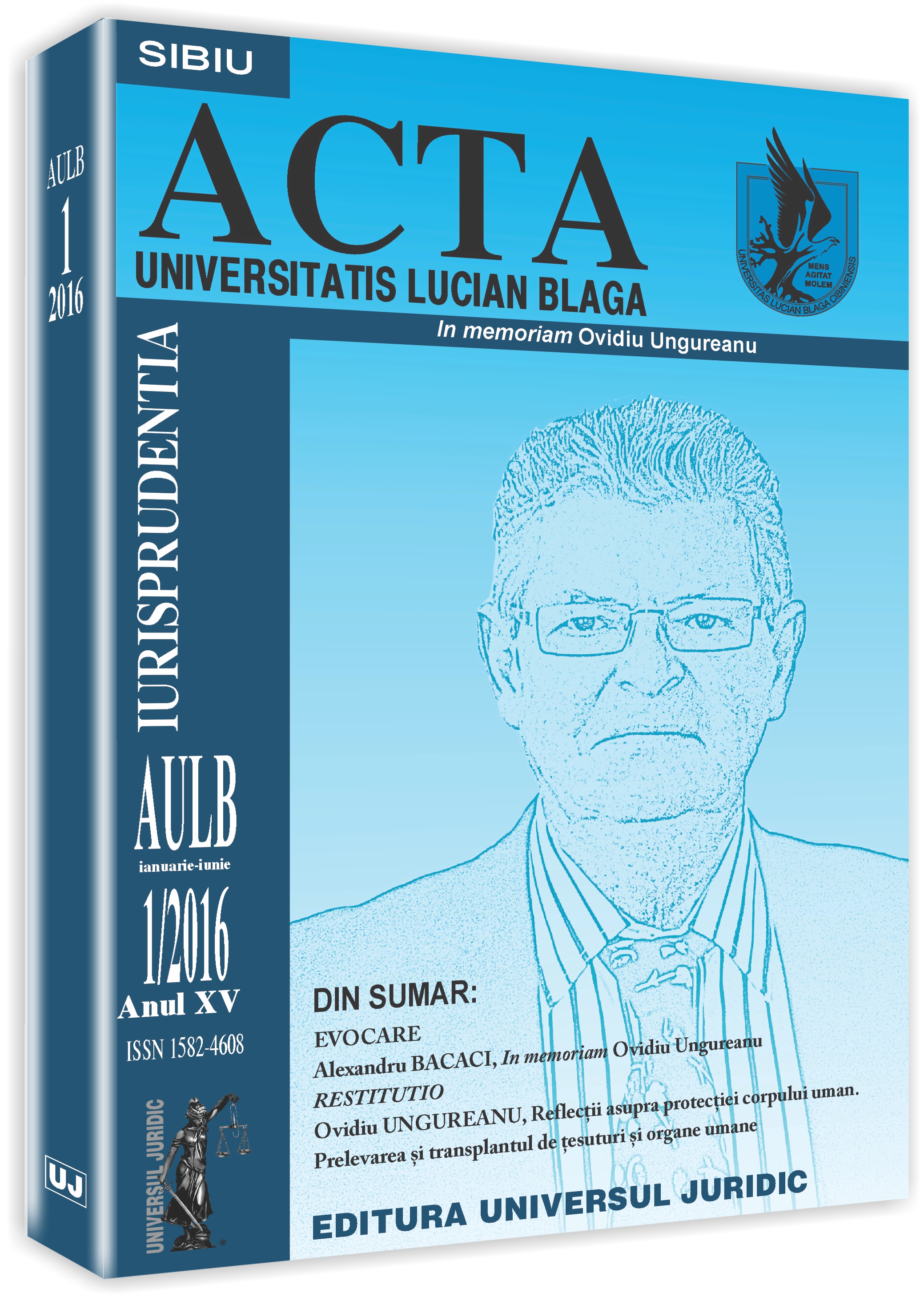Precário – direito romano breve referência aos direitos contemporâneos
Precário – direito romano breve referência aos direitos contemporâneos
Author(s): Dos Santos Justo AntonioSubject(s): Law, Constitution, Jurisprudence
Published by: Universul Juridic
Keywords: Precarity; Preces; Patrons; Clients; Ager publicus; Gratuity; Revocability ad nutum; Possession; Possession at Will; Possessory injunctions; Exceptio vitiosae possessionis; Fiducia cum creditore;
Summary/Abstract: 1. Lost in the mists of time, it is likely that the origin of precarium goes back to the land concessions that patrons made free of charge to their clients. One should also not overlook the influence of concessions for use of public agrarian land (ager publicus) that the Roman state made to its citizens. 2. The name precarium itself isderived from preces, a request or petition that the supplicant made to the owner to allow him to use and enjoy something free of charge. This type of request shows the great disparity in social status separating the client from the patron. 3. A precarity is a benefit, an act of liberality characterised by its gratuitous nature and free revocability on the part of grantor. 4. The subject matter of a precarity, which initially would have been limited to immovable property but later extended to movables and even to rights (easements, housing, right of use, graves, etc.) and could even have been the grantee's own property (as in the case of fiducia cum creditore). 5. The grantor had to have the legal capacity to dispose of the subject matter of the precarity: he might be the owner, possessor or holder, or indeed a lessee (tenant or settler). And the grantee could be a person sui iuris or alieni iuris. In this case, the precarity passed to the person on whom it had depended since ratification or mandate. 6. Initially, the relationship between grantee and grantor existed at a purely household level and only the latter enjoyed protection due to his domestic power. 7. In classical times, the grantee came to be considered the possessor of the thing received in precarity. This idea stems from the fact of possession being protected by the Praetor through possessory injunctions. 8. Such possession however, because it lacked animus domini, precluded the acquisition of property (or of rights in rem) by prescription. In SAVIGNY's view it is an anomalous form of possession. 9. Probably by the final phase of the classical era, the idea of innominate contract intervened and the grantee became holder by virtue of the contract of precarium. The doctrine of two forms of possession arose: the possession of the grantor (true possession that may lead to acquisition by prescription); and possession at will, namely the possession that the grantee exercises on behalf of the grantor. 10. The grantee had full use and enjoyment of the subject matter and was therefore entitled to the fruits. The children of slaves were excluded because they were not considered as fruits as neither were the acquisitions of the slave that did not result from his normal activity. 11. The grantee was accountable only for fraud and was required to surrender the subject matter as-received when the grantor required it (revocability ad nutum). In case of delay, arrears were payable and there was therefore liability for fault and even for detainder. 12. In addition to actions to protect the property, the grantor benefited from the interdictum de precario and in addition, in the post-classical e Justinian periods, the actio praescriptis verbis that governed innominate contracts. 13. The grantee benefited from interdictum uti possidetis against third parties, but not against the grantor, who could invoque the exceptio vitiosae possessionis. 14. It was extinguished on the destruction of the subject matter and death of the parties. Roman jurisprudence has mixed opinions regarding succession (mortis causa) of the grantee and of the grantor. It is likely that in classical times, the precarity survived the death of the grantor but was extinguished on the death of the grantee. 15. In the post-classical period and in the law of Justinian the grantee’s position as possessor at will was clarified, but precarity retained its classical features: gratuity and revocability ad nutum by the grantor. 16. However, an effect of the confusion that characterises the post-classical period was that precarium came to more closely resemble loan, lease and donation, a confusion carried forward to medieval law. 17. This confusion was due in large part to the waning interest of jurists in precarium because of the infrequent use made of it in practice, as loan became preferred. 18. Grant at will and stipendium arose in the middle ages, and medievalists continue to differ over certain details of the defunct precarium of classical Rome. 19. Finally, in contemporary law, precarity has been absorbed by loan contracts, with the occasional vestige being discernable.
Journal: Acta Universitatis Lucian Blaga. Iurisprudentia
- Issue Year: 2016
- Issue No: 1
- Page Range: 26-93
- Page Count: 68
- Language: Spanish
- Content File-PDF

